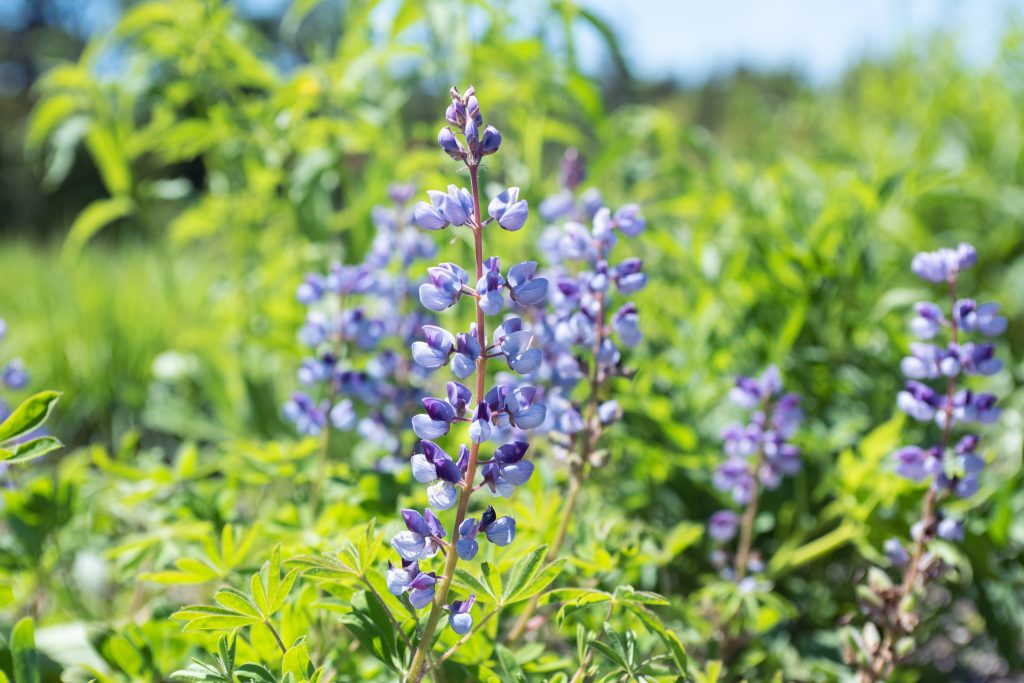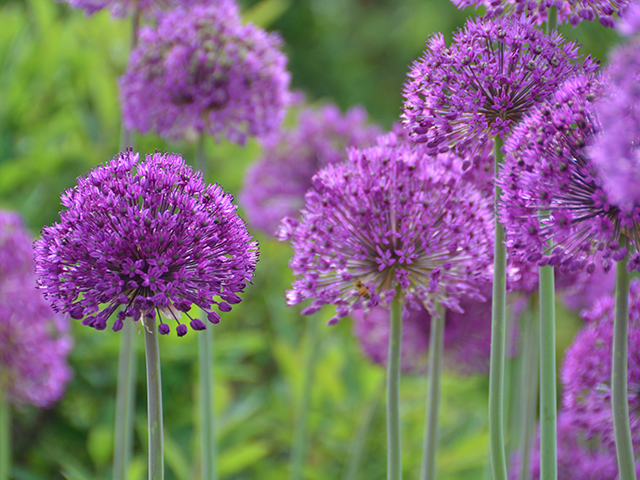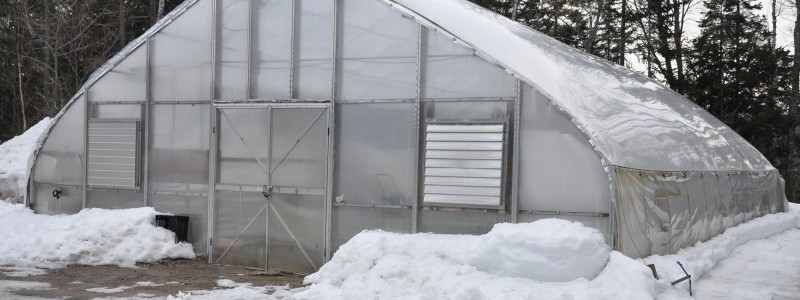
After the bitter cold New England winter of 2013-14, Coastal Maine Botanical Gardens decided to turn off the heat in our greenhouse this winter. Well, sort of. We compared the cost of what we paid for fuel during the 2013-14 winter months to what we paid for annuals that were brought in from outside nurseries. Believe or not, even with buying close to 10,000 plants, plugs, and seeds, it was almost the same amount of money.
We have one Quonset hut greenhouse approximately 20 wide by 60 feet long heated by a propane-powered, forced-air, Modine heater. The frame is covered by two layers of clear plastic, which are inflated by a squirrel-cage blower. Last winter, we had the thermostat set at 40 degrees Fahrenheit in order to overwinter select tropicals and tender perennials as specimen and stock plants. On nights when we dipped to subzero temperatures, the steam plume just billowed out of the heater’s smoke stack, along with dollar bills. Keeping a greenhouse warm with a 50 degree delta between inside and outside temperatures was just too much for our utility budget to handle.
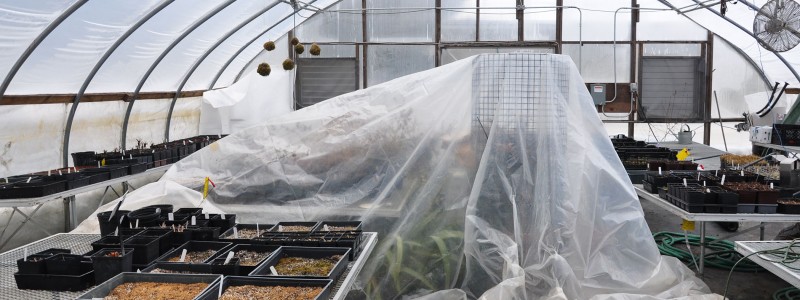
I have since spoken to a few nursery owners who are faced with similar dilemmas. Many are choosing to turn their greenhouses off during the winter, fire up the heaters in the spring, and then finish growing plants that are shipped in as plugs for late spring and summer sales. The question that I faced as we headed into this winter was: what about the one of a kind annuals that many wholesale plug suppliers are not producing? How would we keep these plants and build up their numbers for future display designs?
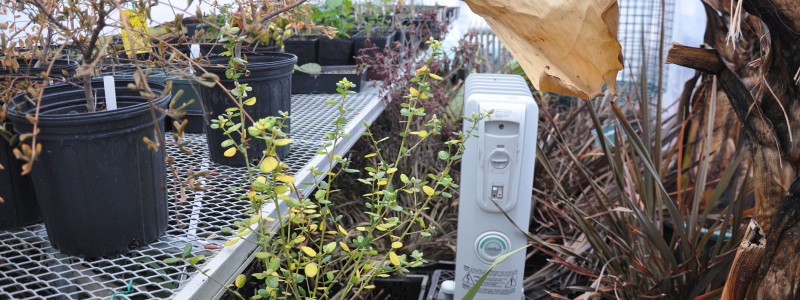
Ingenuity kicked in and an idea was born: our team used leftover greenhouse plastic to build a makeshift mini-greenhouse over a bench inside the existing greenhouse. To heat the small greenhouse, they bought two electric powered, oil-filled radiators. A wireless remote thermometer allowed our plant recorder to monitor the temperature from her desk. The horticulture team nicknamed the makeshift contraption “the Turducken” after the infamous Thanksgiving meat treat. Sure it received some laughs but on the nights when we went down to subzero temperatures, the Turducken stayed above freezing. So far, we have been able to overwinter some of our specimen banana plants along with other exotic annuals using this greenhouse-within-a-greenhouse method.
As our growing operation continues to expand, we will need to seek other creative ways to grow plants year-round in such a cold climate. The fuel we use should be sustainable, relatively inexpensive, and easily available. Electricity is of course one option but I am also beginning to explore external, wood-fired boilers. Along with using a main heat source, we need to pursue other creative ways of keeping our plants warm including heat curtains, insulated side walls, and radiant floors and benches. We are extremely interested in hearing what growers are doing and experimenting with in Maine and other parts of New England. Drop me an email so we can continue this conversation about creative and sustainable ways to keep our tender plants alive during the long and cold winter months.
You can reach me at reason@mainegardens.org.
-Rodney Eason, director of horticulture and plant curator
